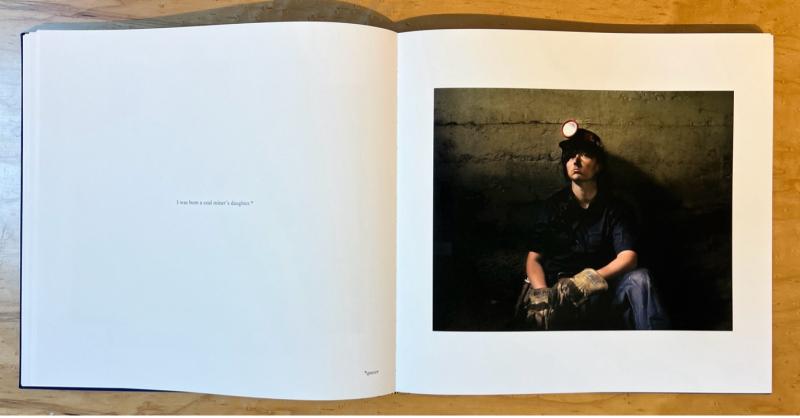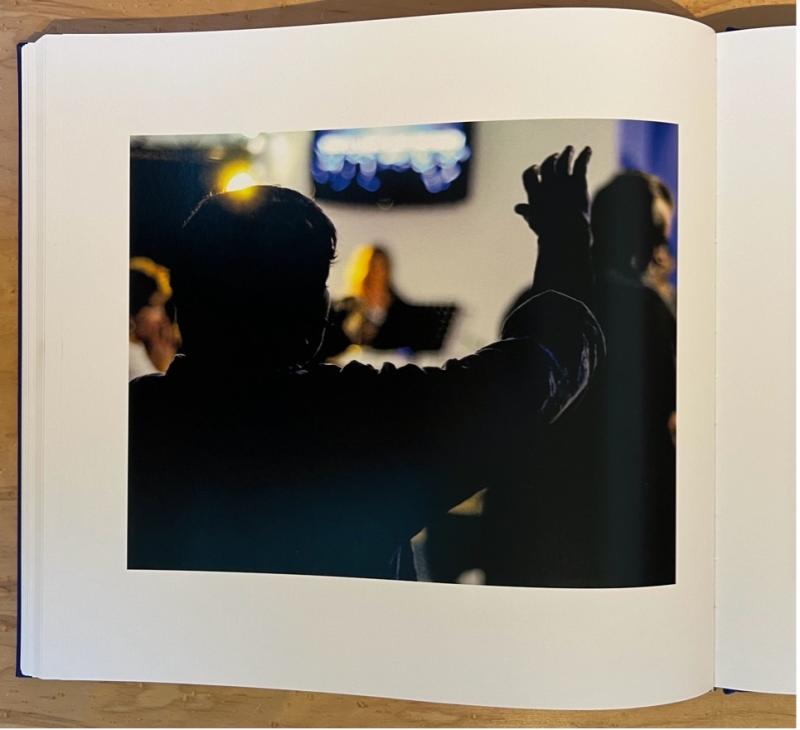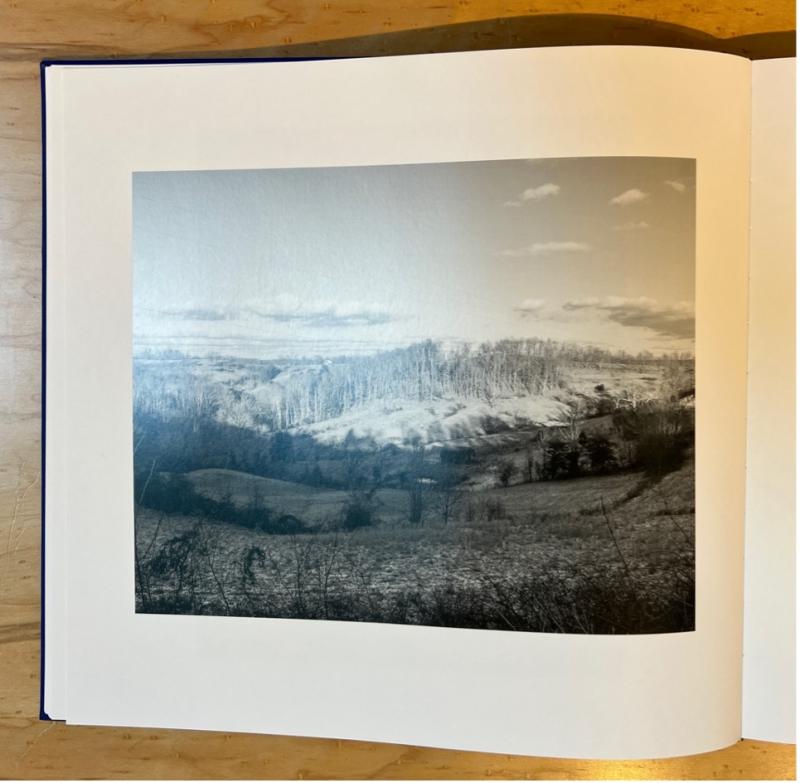"Deep Ruts" by Julie Rae Powers Captures Untold Stories of Appalachia Through Photography
“It’s difficult to photograph Appalachia without falling into the ruts of these powerful images that have long been used to show outsiders what the region is and who its people are. … [To] be of this place is to be imagined by others.” – Meredith McCarroll
We’ve all experienced a rut in life—a time when we felt stuck with no means of escape, trapped in our routine or our ideology. In Deep Ruts, photographer Julie Rae Powers explores the idea of a rut as it relates to imagery and notions of identity and culture in modern Appalachia.
In the 1960s, Life magazine spread images of Appalachia across the country as part of coverage on the newly declared “War on Poverty.” The faces of coal miners and diseased children in a dilapidated landscape left an impression of the region that has never left the American psyche. For decades, people have equated Appalachia with poverty, ignorance, and isolation. To many, it can feel like an entity separate from the rest of the United States.
Being from Appalachia, I’ve experienced these preconceptions firsthand. When I tell people I’m from Chattanooga, Tennessee, I’m often greeted with questions that border on concern about what it was like to grow up there. In many cases, it comes as a complete shock to people that I call Tennessee home, as if it’s a part of my identity that completely changes who I am and how I present myself to those around me. Questions about my religious upbringing, politics, and the poverty of the region I’m from are the most pertinent—but they never ask about the beauty, rich culture, and genuine people that come to mind when I think of home.
Much of this concern can be traced back to that Life magazine spread and similar imagery that has presented one idea of Appalachia. I was moved to tears by Powers’s expansion on Appalachian identity and its complexities—the economic destruction because of coal companies rapidly pulling out of the region; isolation as a side effect of the rolling hills and mountains that make up the region; and the complexities of gender in a region steeped in traditional gender roles due to the nature of life so far from a city.

The photo I was born a coal miner’s daughter blurs the line between gender and occupation, challenging traditional notions of both. For much of the 20th century, Appalachia was characterized by a rigid division of labor, where men toiled in the coal mines while women were expected to remain at home, cooking and raising families. This stark gender dichotomy reinforced societal norms that dictated how individuals should identify and engage with their work and family life. However, Powers subverts this ideology by placing a queer individual in a role typically dominated by men, thereby questioning the very foundations of gender roles and occupational identity. By doing so, Powers not only highlights the complexities of gender expression but also emphasizes the importance of diversity in the narratives surrounding Appalachian culture. This bold reimagining of identity and labor invites viewers to reconsider who has historically been allowed to occupy certain roles and how those roles can evolve in contemporary society.

This image of a worshiper in church transported me to Sunday mornings as a child. Donning a dress and bows in my hair, going to church was always an event in my family. In the South, your congregation is more than the people you worship with—it’s your neighbors, friends, and sometimes your biggest critics. As I grew up, I began to feel confined by the way my religion preached about gender and sexuality. It was debilitating to have so much conflict with a routine and a place that I had found community in my entire life. Powers utilizes religious images throughout the book to exemplify this conflict and its complexities.

The landscape in this image captivated me. The rolling hills and weathered terrain of untouched land are becoming increasingly rare across the country, yet in many parts of Appalachia, they remain prevalent. This geographic isolation significantly influences the cultural identity of the region. Powers intersperses expansive landscape images throughout the work, allowing viewers to physically contextualize the people, culture, and politics of Appalachia.
Julie Rae Powers describes Deep Ruts as “a photography book about my coming out story, contending with the many histories of coal, masculinity, family, and my development as an artist and person from 2013–2023.” You can purchase the book from Soft Lightning Studio here to see more powerful images of Appalachia and the region’s untold stories.

